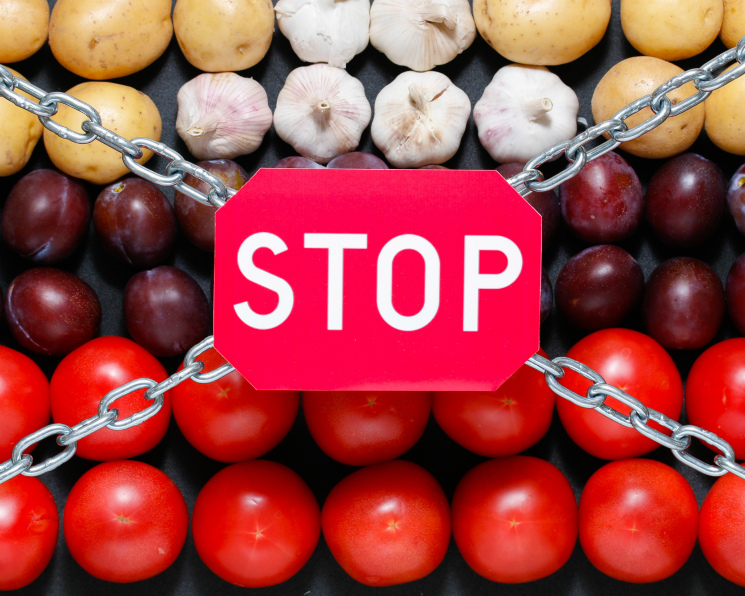Over the past two decades, the Russian Federation has used economic blackmail as its main tool to impose its geopolitical interests in the Republic of Moldova. Whether through selective embargoes, trade restrictions, or energy threats, Moscow has consistently sought to discourage any alignment of Chisinau with the European Union and to keep the Republic of Moldova in a state of dependency and vulnerability. These actions were not merely commercial decisions, but deliberate forms of political pressure aimed at keeping the country within the orbit of Russian influence. In this article, we debunk the main myths spread by Kremlin propaganda and analyze, with concrete data, how Russia has tried to force Moldova to give up its own sovereign path.Myth 1: Russia is only protecting its market, the Republic of Moldova has self-excluded.Truth: The first embargoes imposed by the Russian Federation on the Republic of Moldova were not based on real quality issues, but on political decisions. In 2006, the ban on Moldovan wines coincided with political tensions generated by Moldova’s closer ties with the European Union. The official argument was “food safety”, but it was not supported by any transparent public evidence, and exports only resumed after favorable internal political changes for Moscow.Myth 2: Moldova lost the Russian market because of pro-European policies, so it created its own crisis.Truth: The Russian Federation has frequently used economic leverage to punish sovereign political choices. The embargoes imposed in 2013, 2014, and again in 2022 followed the steps of signing the Association Agreement with the EU and alignment with international sanctions after the invasion of Ukraine. It’s not about a “natural economic punishment”, but about a disproportionate reaction with a clear political goal: intimidation and control.Exports to Russia have decreased from over 1 billion USD to only 144 million USD in 2023 – the lowest level in history. At the same time, exports to the EU have consistently increased.
Source: National Bureau of StatisticsMyth 3: The Republic of Moldova cannot survive economically without Russia.Truth: Exports to Russia have drastically decreased – from over 1 billion USD in the 2000s to 144 million USD in 2023. In contrast, the EU has become the main market. Diversifying economic partners was a survival strategy, not a geopolitical whim. After 2014, the Republic of Moldova gained access to the EU market, and Romania became its main trading partner. In 2022, over 60% of Moldovan exports went to the EU. Financial support, technical assistance, and European investments have compensated for the losses caused by Russian restrictions.Russia did not offer a fair partnership, but used trade as a coercive tool. For the Republic of Moldova, understanding how Russia has used the economy as a pressure instrument is essential for formulating realistic public policies and strengthening national resilience. Diversifying export markets, investing in energy security, and strengthening strategic partnerships with the European Union are not just political options, but necessary measures to protect economic independence and sovereignty.
Subscribe to Updates
Get the latest creative news from FooBar about art, design and business.

